From the sinking of Lusitania to the joyful announcement that the Second World War was over, this week was certainly an eventful one throughout British history.
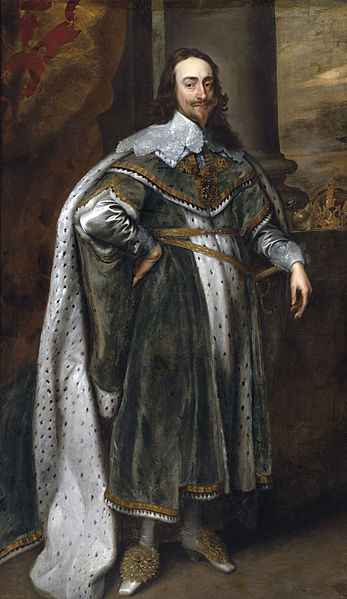
5 May
It was on this day in 1646 that King Charles I surrendered to the Scottish army in the English Civil War. Bloody battle had raged since 1642 and on surrendering he was tried, convicted and later executed for high treason in 1649.
6 May
King Edward VII died on this day in 1910 at Buckingham Palace from pneumonia. He was succeeded by his second son, King George V. Both Edward’s final days in power, and the beginning of George’s rule were marked by the constitutional crisis over the power held by the House of Lords.
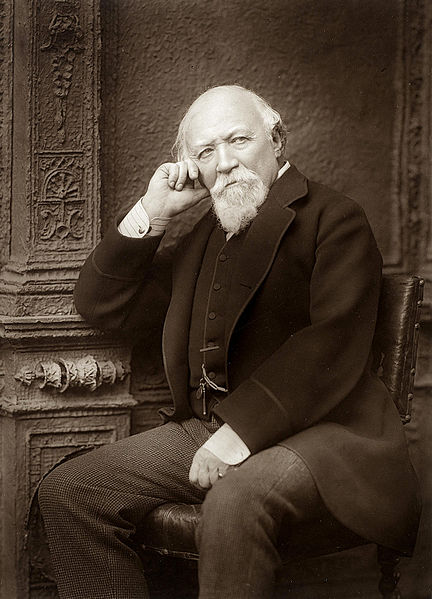
7 May
English poet Robert Browning was born on this day in 1812. The Victorian poet was born in Camberwell in London. He is famous for his plays like The Pied Piper of Hamlin and his dramatic monologues.
The first Theatre Royal opened in London in 1663. King Charles II had issued a patent to Thomas Killigrew, head of the King’s Company, who built the new theatre in Drury Lane.
The British ocean liner Lusitania was hit by a German attack in 1915. The great British ocean liner was carrying passengers on its transatlantic voyage from Liverpool to New York when it was hit by a German torpedo and sank off the coast of Ireland.
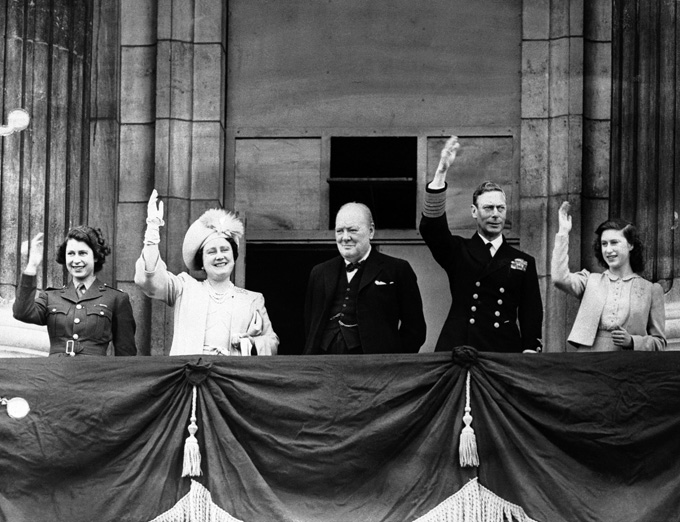
8 May
It was on this day in 1945 that Britain received the news that the war was over. Winston Churchill announced that the German forces had surrendered in a radio broadcast and the day was declared Victory in Europe or VE Day. Read our story commemorating VE Day.
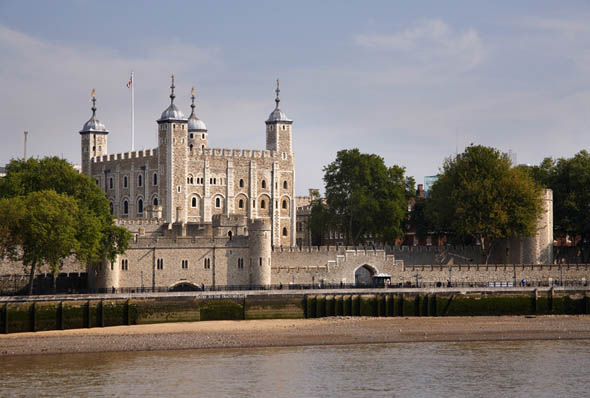
9 May
Disguised as a clergyman, the officer Thomas Blood attempted to steal England’s Crown Jewels from the Tower of London on this day in 1671.
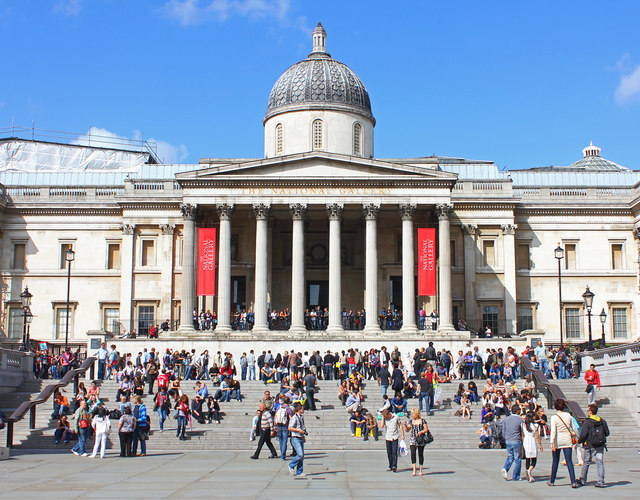
10 May
It was on the 10 May in 1824 that the National Gallery opened to the public. The central location of Trafalgar Square was decided as it was easily accessible for all and so all classes of society could enjoy the collection of paintings. The building was designed by architect William Wilkins and stands on the site of the former Kings Mews.
Winston Churchill was also appointed as Prime Minister on this day in 1940. He replaced Neville Chamberlain who resigned over his attempts to form a coalition government.
11 May
HMS Beagle launched on this day in 1820. This was the ship that took the legendary explorer Charles Darwin on his scientific voyage around South America.
|
|||||||||||||||||








 © 2024
© 2024